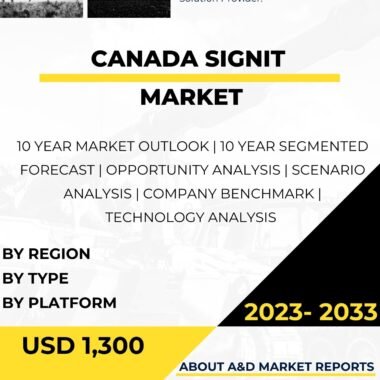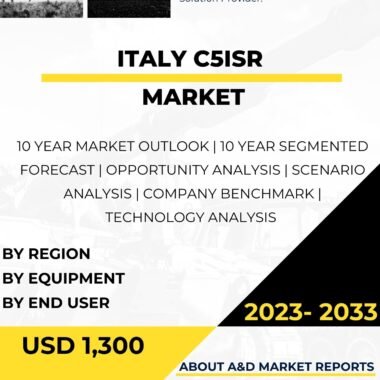Description
Malaysia 5G in Defense Market
Malaysia 5G in Defense industry has been steadily evolving to meet modern challenges, with the integration of advanced technologies like 5G playing a crucial role in enhancing its capabilities. The nation’s strategic geographical location, coupled with its commitment to maintaining regional stability, has fueled the need for a robust defense sector. With the advent of 5G technology, Malaysia has recognized its potential in revolutionizing defense operations and ushering in a new era of military capabilities.
The Malaysian government has been proactive in embracing 5G technology, recognizing its transformative impact on various sectors, including defense. 5G’s key features such as high data speeds, low latency, massive device connectivity, and network slicing capabilities are essential for empowering defense systems. These advantages can enhance communication, surveillance, data sharing, and overall situational awareness on the battlefield.
Incorporating 5G in defense applications promises to enhance the performance of critical systems like unmanned aerial vehicles (UAVs) and autonomous vehicles. Real-time data transmission and reduced latency enable faster decision-making, making it possible to remotely control and coordinate missions with precision and efficiency.
One area where 5G has shown significant promise is in border security and surveillance. Malaysia shares land and maritime borders with neighboring countries, making it essential to have advanced surveillance capabilities. 5G-powered sensors and cameras can provide real-time video streams and data analytics, facilitating quick responses to potential threats and enhancing border management.
Another vital aspect of 5G’s integration is the development of smart military bases. With the Internet of Things (IoT) enabled by 5G, connected devices and sensors can improve infrastructure efficiency, streamline logistics, and enhance the overall safety and security of military installations.
Furthermore, 5G can revolutionize military training through virtual and augmented reality applications. Soldiers can engage in realistic simulations and scenarios that prepare them for various combat situations, enhancing their readiness and decision-making skills. Such training methods offer a cost-effective and safe alternative to live exercises.
In the naval domain, 5G can significantly impact maritime security and operations. The technology enables improved communication between naval vessels, shore command centers, and aerial assets, fostering seamless coordination during joint operations. This integration enhances the Navy’s ability to respond to threats effectively and safeguard Malaysia’s maritime interests.
The defense industry’s adoption of 5G also opens up new avenues for research and development. Collaborations with private sector companies and academic institutions can drive innovation and pave the way for indigenous defense technologies. This, in turn, boosts Malaysia’s self-reliance and global competitiveness in the defense market.
While the potential benefits of 5G integration in defense are substantial, it is essential to acknowledge the challenges and risks associated with such advancements. Cybersecurity becomes even more critical as more devices and systems become interconnected. The defense industry must invest heavily in ensuring the integrity and resilience of its networks to thwart cyber threats and potential attacks.
Additionally, the high costs of implementing 5G infrastructure and acquiring cutting-edge equipment could strain the defense budget. Careful planning, prioritization, and resource allocation are essential to ensure a balanced approach to modernization without compromising other crucial defense requirements.
It is also essential for Malaysia to maintain a close eye on international developments in 5G technology, especially concerning export controls and sanctions. Ensuring compliance with international norms will help avoid potential restrictions on accessing critical technologies for defense purposes.
In conclusion, Malaysia’s defense industry stands at the cusp of transformation with the integration of 5G technology. By embracing 5G’s capabilities, the nation can bolster its military capabilities, improve situational awareness, and enhance overall operational efficiency. Strategic deployment of 5G in defense applications can strengthen Malaysia’s position as a regional security provider and contribute to global peacekeeping efforts. However, addressing cybersecurity concerns, managing costs, and staying up-to-date with international regulations will be vital in ensuring the successful and secure implementation of 5G in the defense sector.




